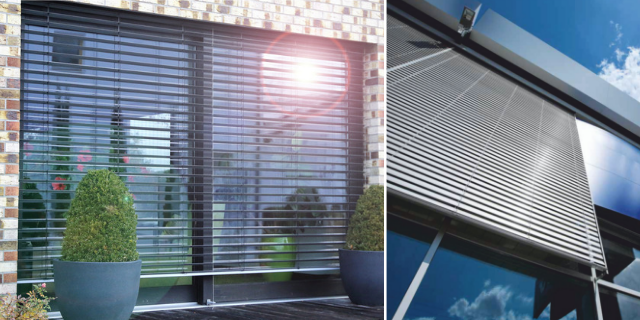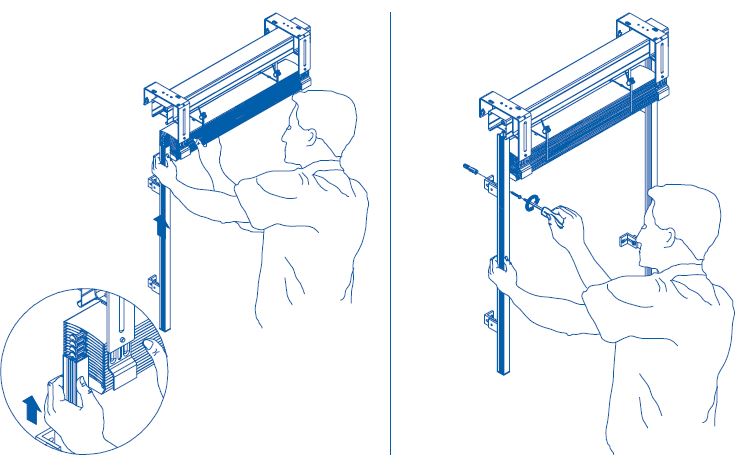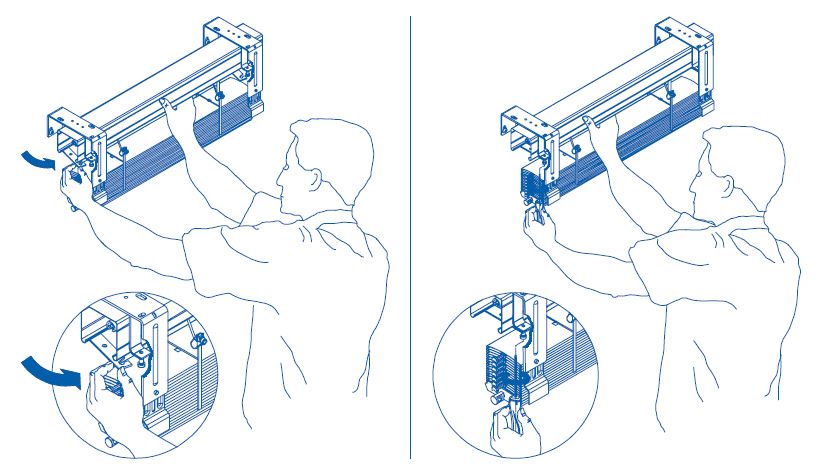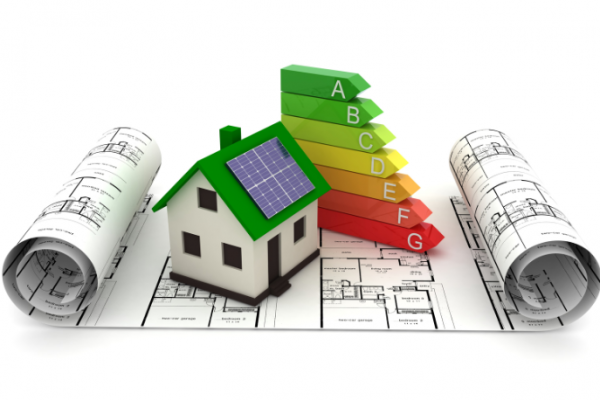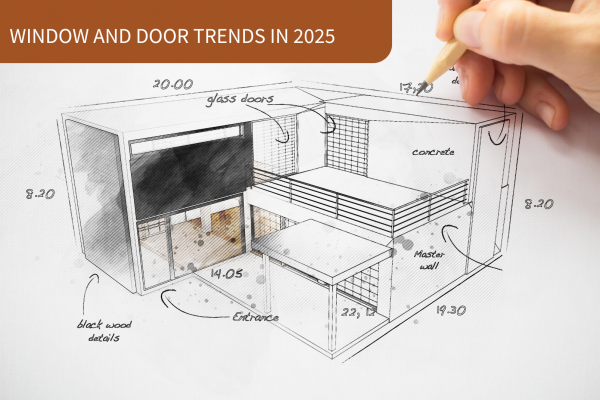External Venetian blinds are a very convenient and practical solution. Those modern and smart window screens, installed outside the building, protect against sun and increase feeling of privacy.
External Venetian blinds— adjustment of light
External Venetian blinds are made of profiled, shaped slats. Depending on the slats tilting angle, the intensity of light entering the building can be adjusted.
Thus you can determine the intensity of natural light entering the room.
In the summer time external blinds are very convenient because of dimming and nice cooling of the rooms whereas in the winter time lowered screens in the evening and night time provide an additional barrier decreasing energy losses and reducing expenses for the building heating.
External blinds operation
Aluminium slats are fixed horizontally and run along aluminium rails or stainless steel cable. After a full retraction upwards, the slats are hidden in the dedicated blinds box.
This can be controlled manually – using a crank mechanism - or automatically — using an electric motor.
The automatic shutter control system can be additionally integrated with a control timer or weather sensors (activating blinds movement as a reaction to certain degree sunshine or rain). For such control, a modern control system IO – Homecontrol is an ideal application.
An additional advantage enhancing comfort of use is a possibility of full remote control of blinds using mobile devices.
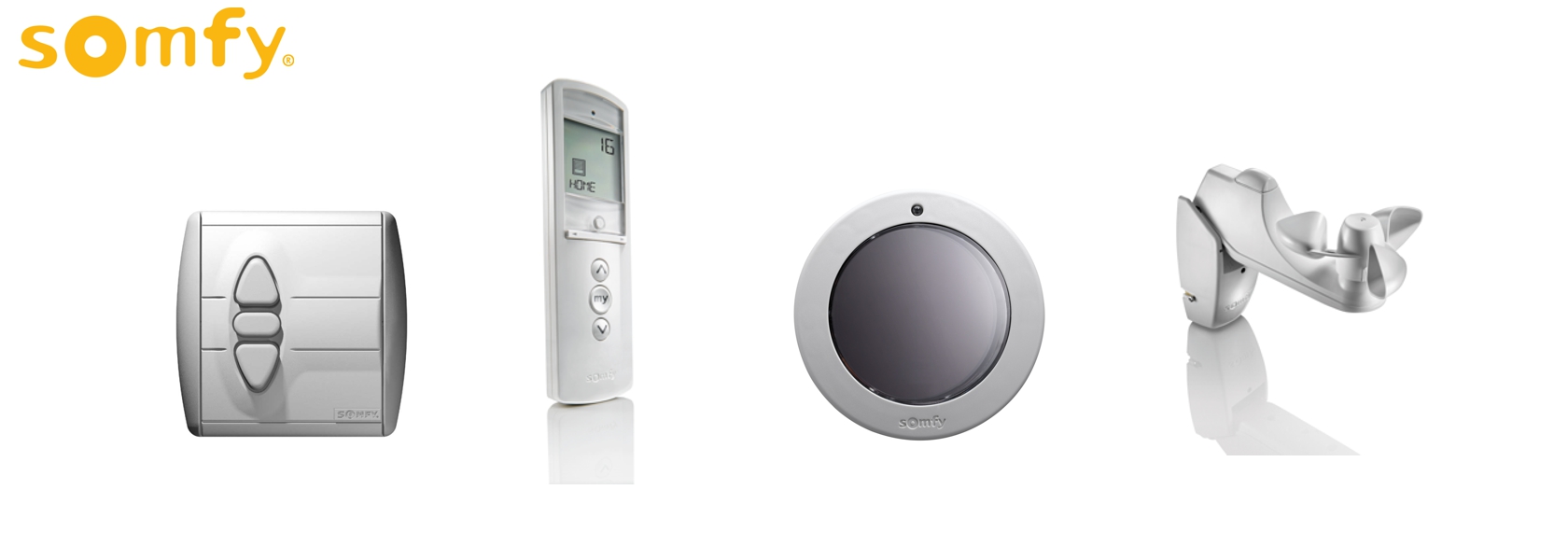 Somfy control system
Somfy control system
Types of slats in façade shutters
External Venetian blinds slats are available in four shapes and sizes: in form of letter ”C” (65 mm or 80 mm), letter “Z” (90 mm), letter “S” (70 mm) and „F” (80 mm).
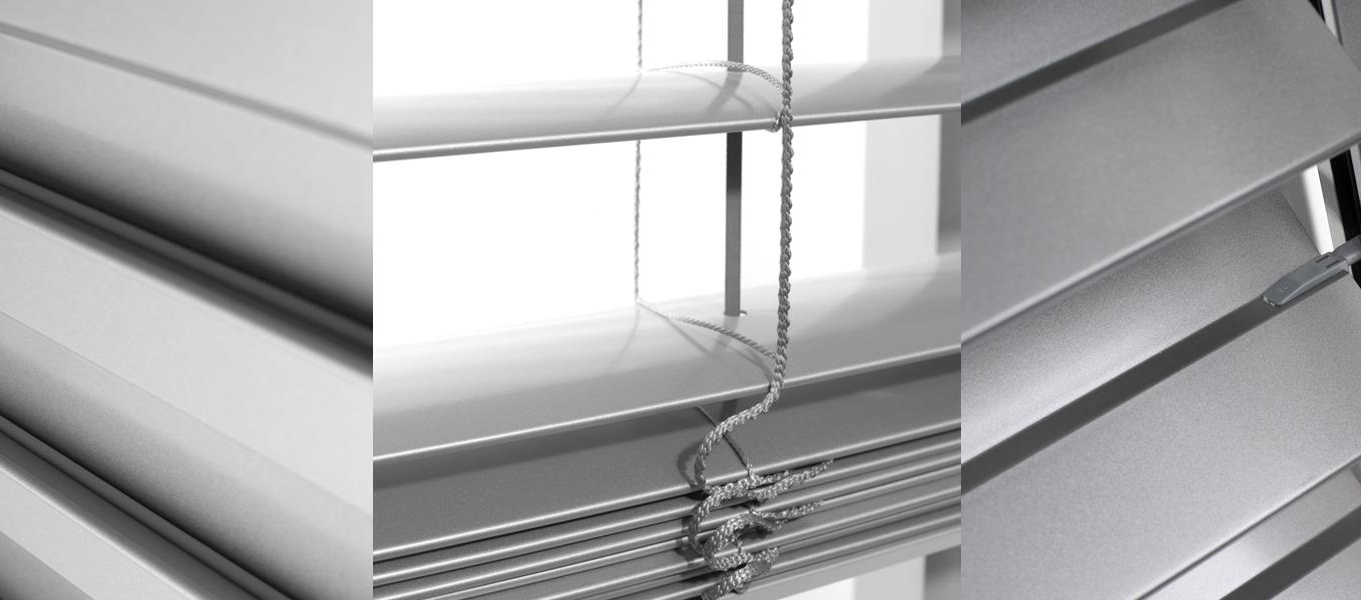 External blinds
External blinds
The most popular material for manufacturing external blinds is aluminium. External Venetian blinds are available in natural aluminium colour but they may be also painted in chosen RAL colours. (New: colour Black 9005)
Assembly of external blinds
There are two methods of external blinds fitting: to the window frame or to the wall
The first method – fixing to a window frame.
The next step is to drill a hole for passing the control cables to the inside of the building.
An individually chosen set of fasteners shall be used for the assembly. A clamp for fastening the shutter’s upper gutter shall be screwed to the window frame upper part. Pulled up blinds shall be fixed to the already screwed clamps and secured by a plate with bolts.
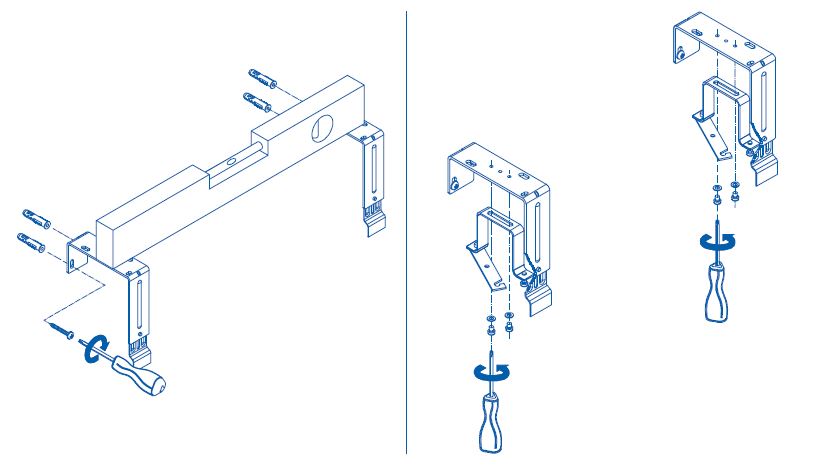 Assembly of the top gutter clamp
Assembly of the top gutter clamp
The next step is to drill a hole for passing the control cables to the inside of the building. Depending on how blinds are to be controlled, the hole will be prepared for passing a crank or an electric wire.
Than the blinds shall be lowered to the bottom position and the lower cable clamps shall be fitted. Cables shall be pre-tensioned with bolts and then tension shall be adjusted by turning the clamp nut.
In case of blinds where slat are rails led, first the rail clamps and then guide rails shall be fitted (see the figure below).
After a correct operation of external blinds inside the building is checked, a pass hole for the crank or electrical connection shall be installed. In case of electric control, the connection works must be performed by a person having appropriate professional skills.
Important! Measurement and assembly shall be made by a skilled fitter. Measuring method to determine where blinds are to be installed is the same for all types of Aikon Distribution external Venetian blinds.
To fit external blinds on a wall, a dedicated structure must be prepared to mount the gutter clamps to (clamps can be also fixed directly to the wall). The assembly must be made while blind slats are folded up and hidden in the blinds box.
In the next assembly step pulled up blinds shall be fixed to the clamps mounted before and subsequently secured with the gutter clamp plate using bolts. After that, the hole for passing control mechanisms inside the house shall be prepared.
The last step is to lower the blinds to the bottom position, to fix the cable clamp and to pre-tension the cables using bolts. Then the guide rails shall be installed. As in the first case, after checking for correct operation of shutters inside the building, the pass hole for the crank or the electric control with the connection must be made.
The difference between external Venetian blinds and external roller shutters is a possibility of adjusting the light coming into the room: external roller shutter enables only a partial or total exposure of the window. Read more about comparison between roller shutters and external blinds:
Assembly of external blinds – see move.

